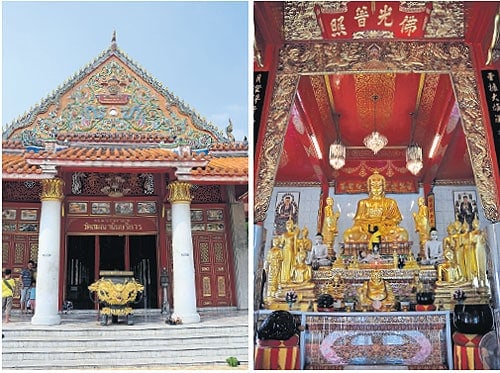A Bangkok Post feature on the historic Krung Kasem canal, which is quite near my workplace, and all the notable sights along it. At the end of the canal is the 600-year-old Wat Thewarat Kunchorn, which is just outside my workplace!

Streaming with history
Bangkok Post, 23 April 2015
Khlong Phadung Krung Kasem is likely to become one of Bangkok’s major transportation routes once again due to government support, and this may also benefit tourism. Building of the canal was commissioned by King Rama IV in 1851 to serve as the outer city moat. It runs in parallel with the first and second tiers of the city moat — Khlong Khumuang Doem and Khlong Rob Krung.
Wat Thewarat Kunchorn was a civil temple built during the Ayutthaya period and called Wat Samor Khraeng, or Thamor Khraeng. The word Thamor is a Khmer word meaning stone. In the reign of King Rama IV, the temple was renamed after the name of Prince Phitakdeves, who restored it. Its ordination hall houses the principal Buddha statue, Phra Phutthadevaraj Patimakorn, which is in the posture of subduing the Mara. Made in the Dvaravati period, it consists of metal and is covered with gold lacquer. On the interior walls are beautiful murals including the gathering of the Deva (guardian spirits), the Lord Buddha’s previous life as Phra Suvarnasam and monks looking at dead bodies. Behind the principal Buddha statue is the painting of this temple in the past before this ordination hall was constructed. Phra Vihara (prayer hall) enshrines nine Buddha statues of nine periods.
“This canal was dug with the aim of expanding the city,” said Rapeepat Ketkosol, an official at Bangkok Metropolitan Administration’s (BMA) tourism division. According to him, the canal is about 6km long. It was 3m deep initially, but grew shallower over time. It is now just over 2m deep.
On April 1 this year, Prime Minister Prayut Chan-o-cha ordered the BMA to seek to develop Khlong Phadung Krung Kasem as a transportation and tourism route.
Full story here.

























